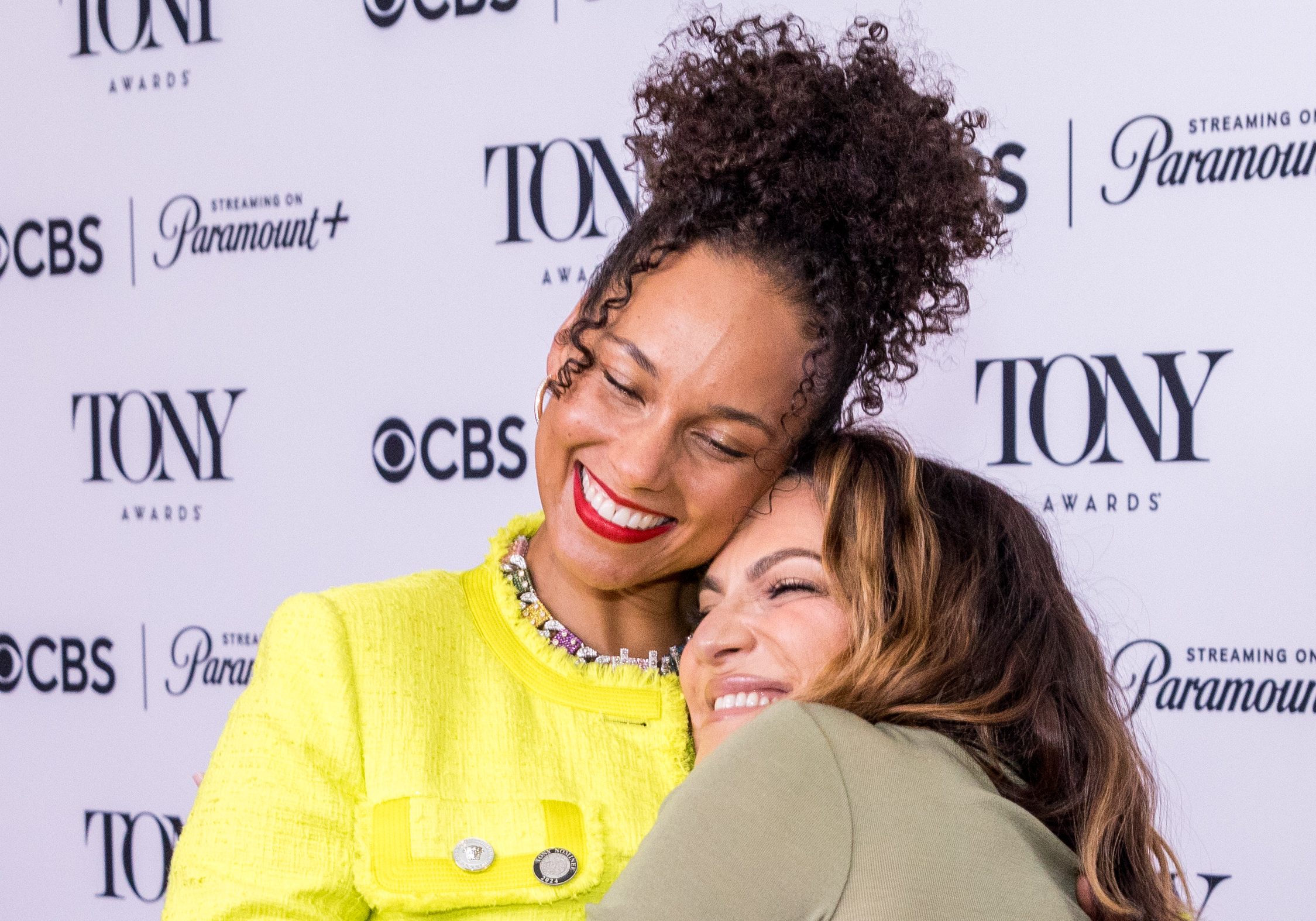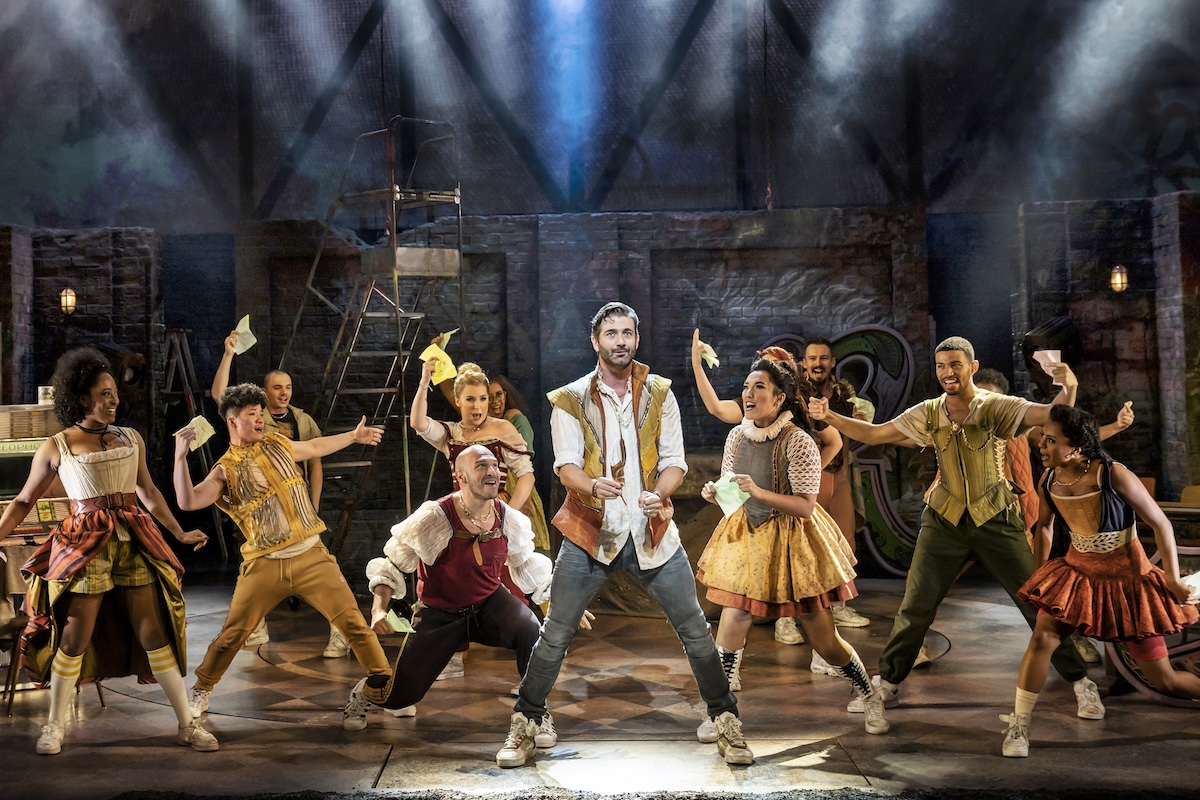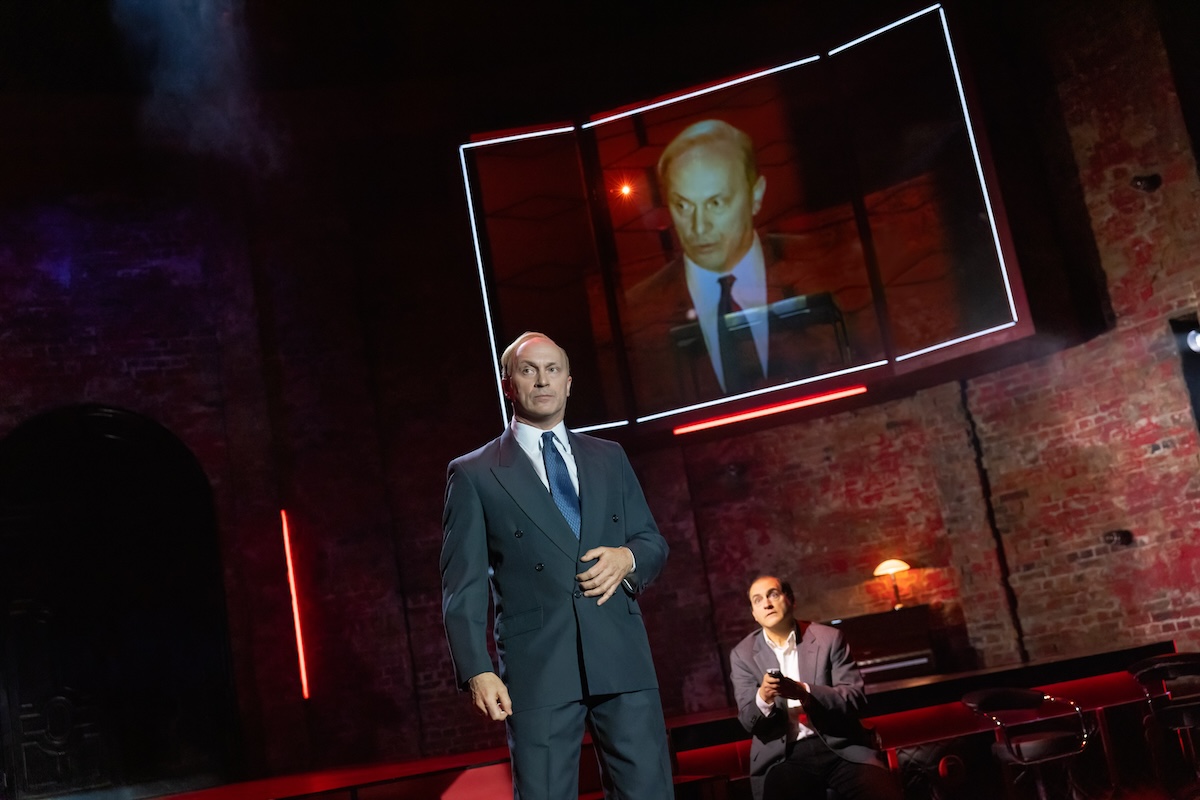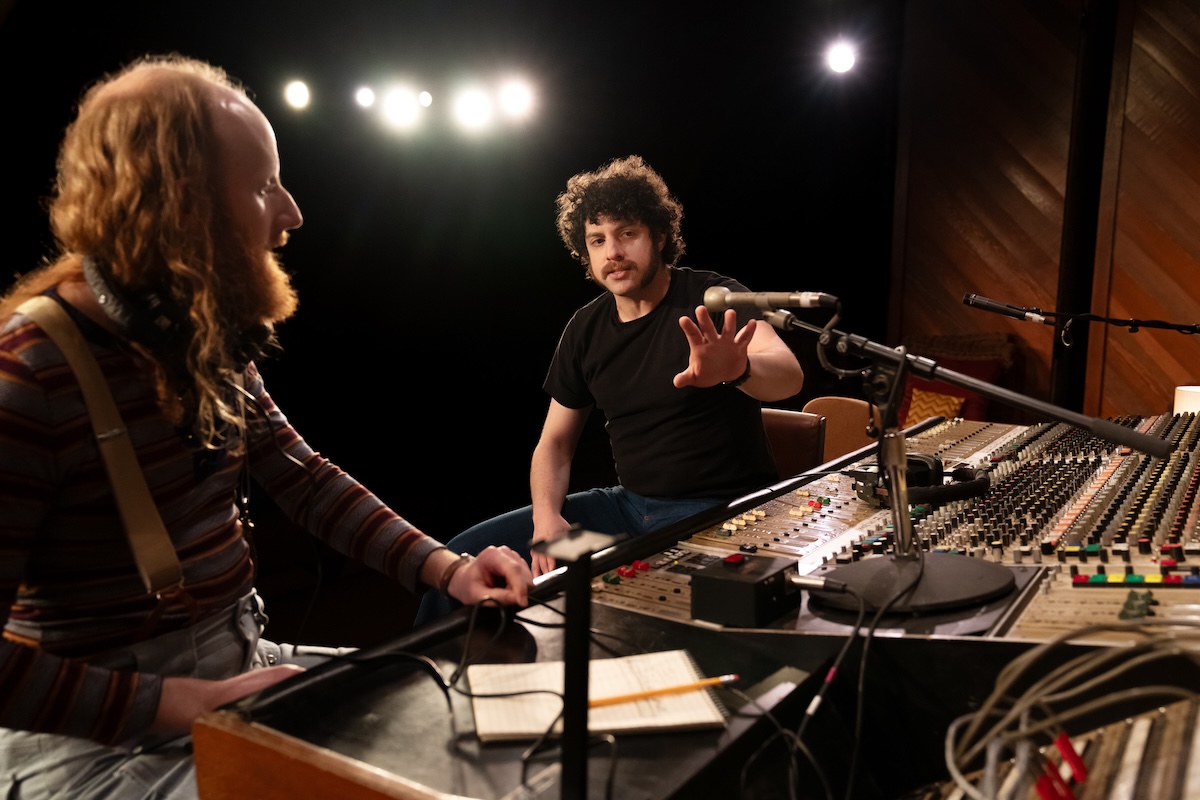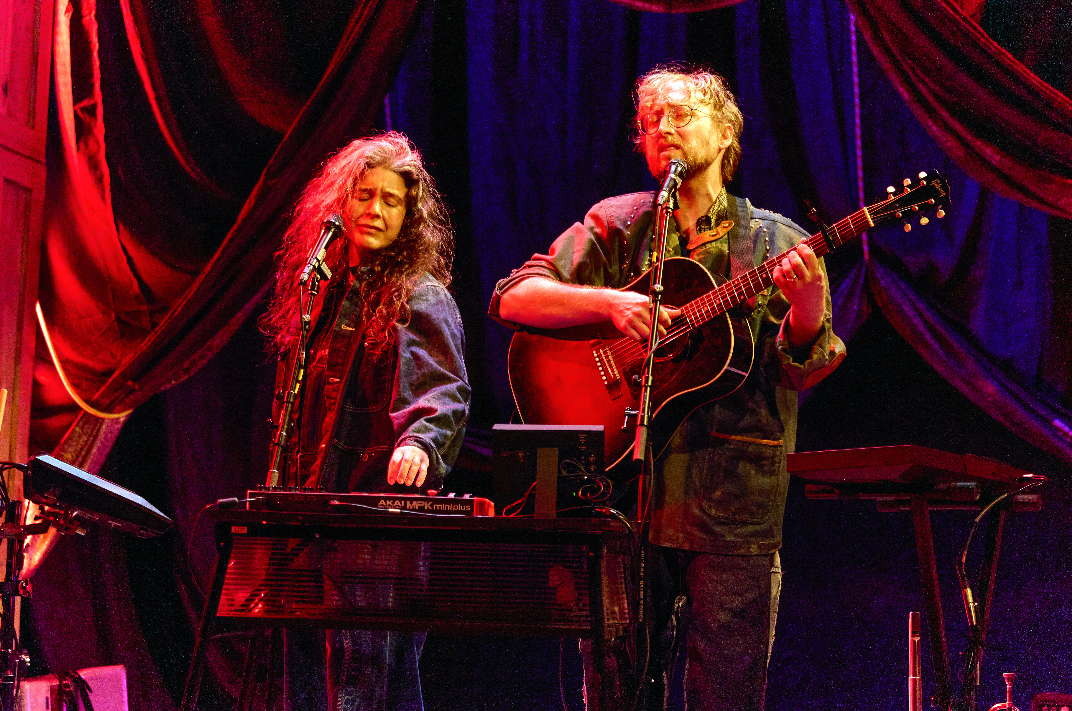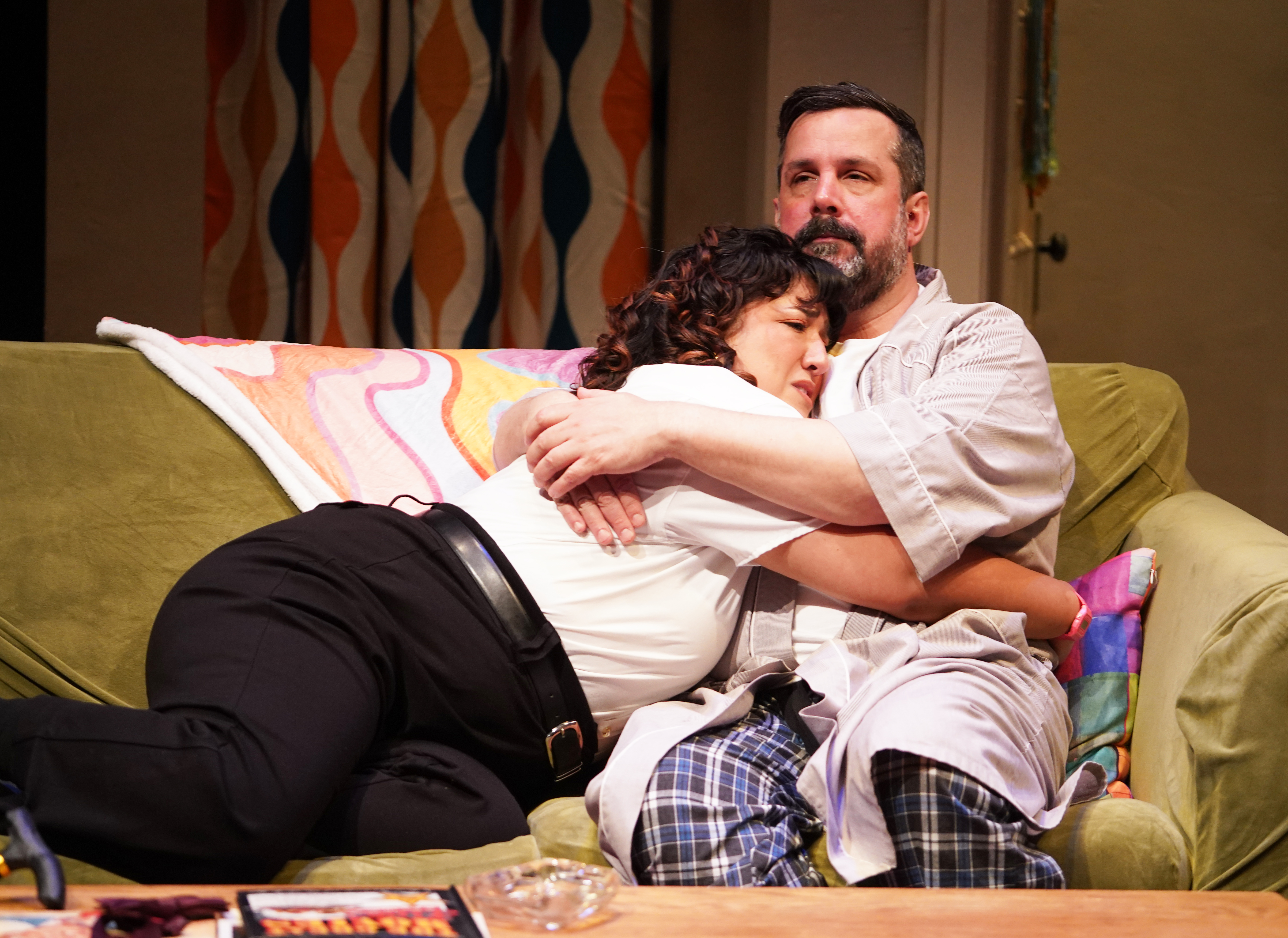A Blizzard On Marblehead Neck

in A Blizzard On Marblehead Neck
(© Julieta Cervantes)
Tony Kushner has long shown a fascination with exploring complex relationships in his work, and the trend continues with his thought-provoking 40-minute opera,
A Blizzard On Marblehead Neck, which is now premiering at the Glimmeglass Festival in Cooperstown, New York in a double bill with John Musto and Mark Campbell’s Later the Same Evening.
The work, which reunites Kushner with his Caroline or Change collaborator Jeanine Tesori, is a sharply observed glimpse into the tempestuous marriage of the playwright Eugene O’Neill (David Pittsinger, alternately pitiable and noble) and his last wife, Carlotta Monterey (Patricia Schuman, often shrewish yet oddly sympathetic).
Inspired by a real-life 1951 incident between the couple, the piece — smartly directed by Francesca Zambello — opens with the couple in the midst of a blistering argument about O’Neill’s desire to keep the heat turned low in their freezing Massachusetts home as a blizzard rages outside. Also grounds for contention are O’Neill’s playing of a jaunty 1920s-sounding record (which sounds like a tune Tesori might have penned for Thoroughly Modern Millie).
The home’s temperature may be arctic, but the couple’s confrontation quickly heats up, as Carlotta taunts O’Neill about his recent artistic failures — most notably, lacing into him about the length and repetitiveness of The Iceman Cometh — and he, in turn, attacks her spending habits. Despite the ugliness of their words and actions, one still senses the pair’s deep commitment.
As the work progresses, Kushner’s predilection for adding fantasy elements comes into play: After O’Neill storms out of the house, Carlotta has an imagined conversation with the writer Mary McCarthy (Stephanie Foley Davis), lambasting the critic for misunderstanding O’Neill (and spilling the beans of the existence of Long Day’s Journey Into Night); meanwhile, as he wanders in the snow, O’Neill is visited by the record’s singer (a lovely Lindsay Russell), who urges him into death. Comparisons to scenes in Angels in America are probably inescapable.
Tesori’s music (which she is conducting at most performances) nicely complements the libretto. But it’s the images (notably Erhard Rom’s evocative blizzard), the words, and, above all, the characters of O’Neill and Carlotta that linger after the curtain comes down.

in Later the Same Evening
(© Julieta Cervantes)
Conversely, Later the Same Evening lasts twice as long and is perhaps more pleasurable to listen to thanks to Musto’s lovely score, and yet the piece evaporates from memory much sooner. While the concept — intertwining characters from five unrelated Edward Hopper paintings to create a portrait of one night in New York City in 1932 — is undeniably clever, the miniature nature of the work ultimately makes the opera feel slightly insubstantial.
The characters end up being more archetypes than three-dimensional people, from Elaine and Gus O’Neill, the slightly dissatisfied married couple who open the piece (Andrea Arias Martin and Kyle Albertson) to Ruth, the aspiring actress who gives up on her dreams a moment too soon and flees back to Indiana (Lauren Snouffer) to Thelma, the single theater usher (Carin Gilfry) who may have unexpectedly found a suitor in Ruth’s ditched boyfriend, Joe (John Boehr).
Somewhat more interesting, if still somewhat underdeveloped, are Estelle Oglethorpe (Patricia Schuman), a middle-aged widow who is willing to take a chance on an unlikely romance with a charming piano salesman, Ronaldo Cabral (Jake Gardner), and Jimmy O’Keefe (Andrew Stenson), a young professor who is enchanted by New York. (Jimmy does seem, however, that he should be gay, but, at one point grasps Elaine’s hands and asks her out for a drink.)
Most of the characters come together inside a Broadway theater for a performance of a fictional musical called Tell Me Tomorrow, and the practically wordless sequence in which we watch them watch the show is almost worth the price of admission.




